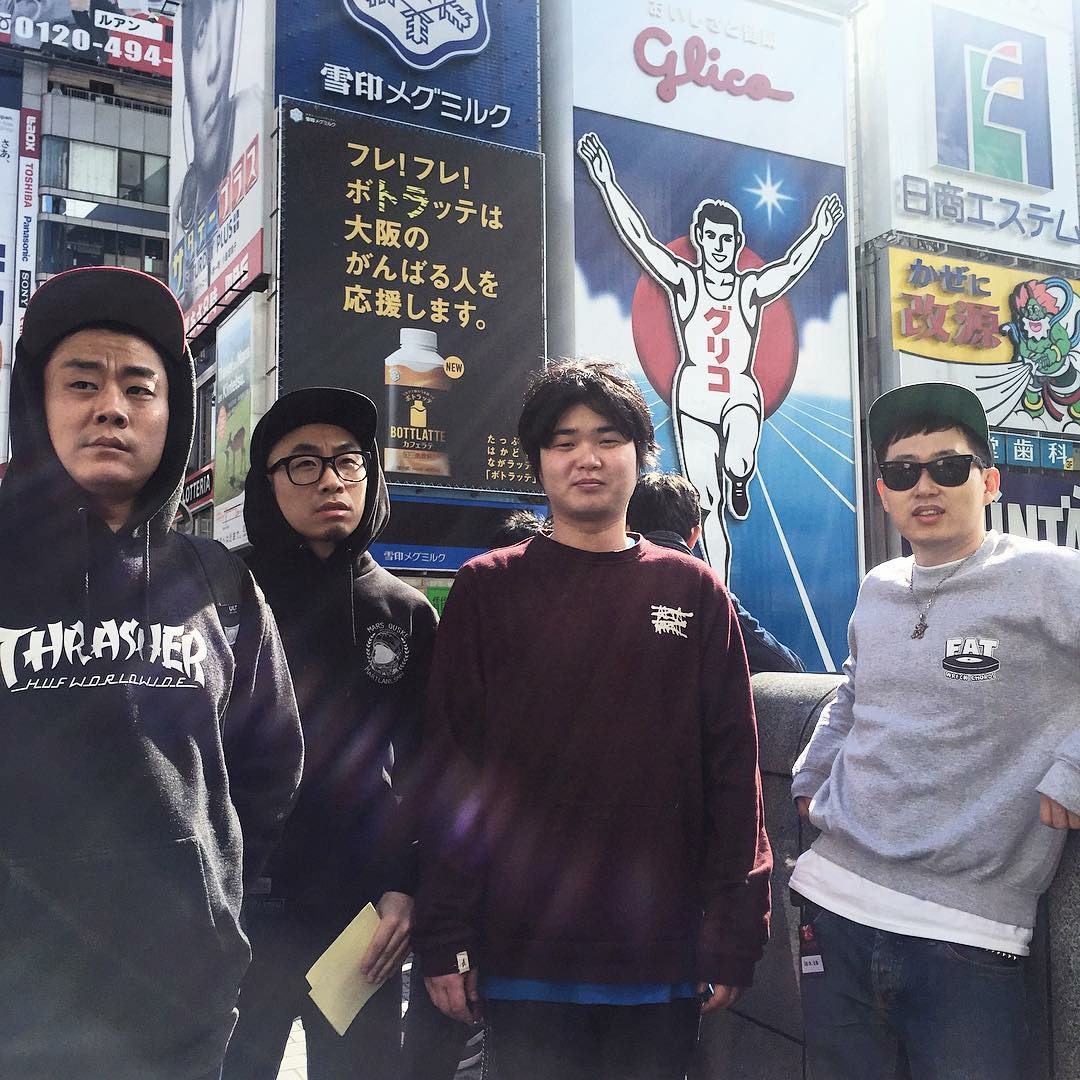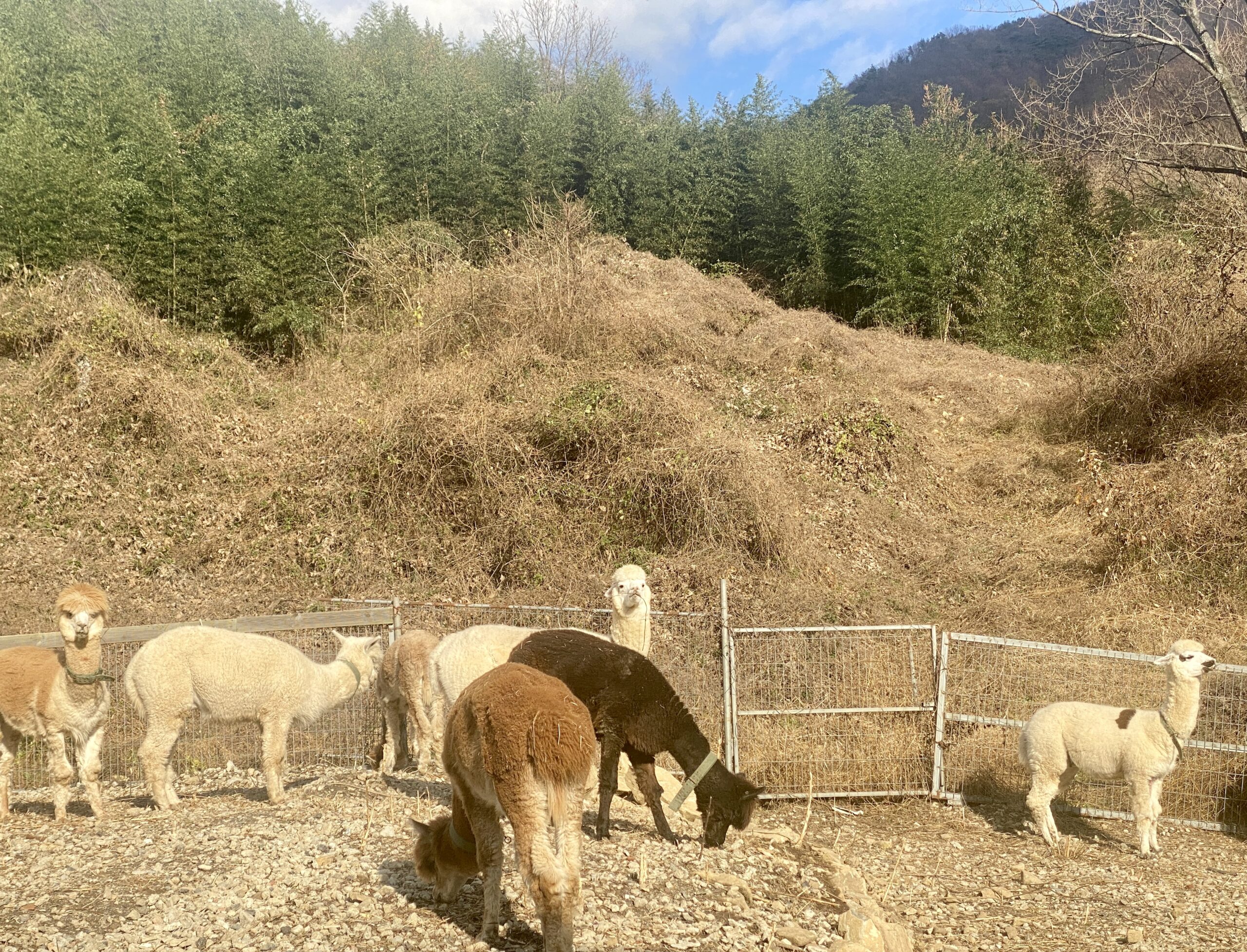Bright Lights, Big City
Written by Douglas Baumwoll
Photo courtesy of Inhabitat.com
I grew up in rural Pennsylvania, a town of maybe 10,000 people: lots of cornfields, two bars, a dozen restaurants, and a 6:1 Republican to Democrat registration ratio. My dad had grown up in the Bronx, and I knew as a middle school student that I would move to New York City as soon as I was old enough.
But why? Why did “the big city” hold such allure for me? Well, as for many young people, it offered me what small-town America did not: countless singles and future friends, energy and opportunity, international foods and people, world-class sporting events and concerts, museums and art galleries, and a diversity of jobs crossing all fields and countries. Way down on the list of reasons to move to Manhattan for me was its actual urban design. I mean, I knew the subway system was far-reaching and convenient and that Central Park offered lots of open space and events, but I wasn’t overly concerned with whether the skyscrapers generated their own power or whether the buses were driverless and ran on electric power provided wirelessly from the pavement rather than on gasoline. And that brings us to the topic of urban design in the 2010s.
Within minutes of looking online, I found 21 “urban design” conferences in November 2017 alone. Host countries run from Chile to Mexico to Slovenia to the Ivory Coast. My go-to source for narrative nonfiction, The Atlantic, has published seven articles on this topic since 2014. So, what does urban design mean to you? Take a moment and think about it before reading on.
Ok, ready? The Urban Design Group (UK) states one of its aims as promoting “high standards of performance and inter-professional co-operation in planning, urban design and architecture, landscape design, and all other aspects of the built environment.” So, urban design clearly involves many interdisciplinary fields, and the end result, the built environment, must be evaluated from perspectives including aesthetics, sociology, economics, and environmentalism. Worryingly, however, this group asserts that in the UK, some 75% of urban development and planning is done by someone with no training in its principles. This is problematic, as the World Bank puts the current global urban population at 54%, or roughly 3.5 billion humans who are living, working, eating, traveling, interacting, consuming, and producing wastes of all kinds. Furthermore, when you consider “urban agglomerations” and “metropolitan areas” the numbers tend to swell. The United Nations says that there are 512 cities worldwide having a population of 1 million or greater. There is hope for improvement, however, as evidenced by all those urban design conferences I mentioned earlier. But we must all take the proverbial grain of salt here because improving existing and expanding cities (think subway systems, parks, and surface transportation) is costly. Extremely so. This cost is much higher than if those systems had been built into the original urban design; nevertheless, these improvements are needed to improve quality of life in cities and promote sustainability and environmental responsibility.
So, what are some of today’s urban innovations? Take transportation, for instance. Driverless vehicles seem to be an obvious improvement. This technology is already in commercial use at shipyards (Rotterdam, Sydney) and on the highways in Europe (vehicle companies such as Iveco, Scania, and Volvo). Imagine a city with a constant stream of driverless cars (electric ones!) that you simply queue up and grab at designated spots as need be. In-ground electrics provide 24-hour charges wirelessly (already being used in Korea). Traffic accidents, caused almost exclusively by human error, will be reduced, as will traffic jams and wasted fuel, which in turn reduces car emissions and air pollution. Drop-off bicycle stations are also popular in many cities, reducing driving time. Drop-off car stations is yet another possibility.
What about urban housing? What’s new in that arena? Well, first off, we have roof gardens and “vertical” gardens, which run upward along the entire height of the building. Chicago’s City Hall famously boasts a roof garden of 20,000 plants. Roof gardens can lower the indoor temperature of the building, and reduce “urban heat island” effects of combined buildings’ reflected heat into the city atmosphere. Other benefits include aesthetic beauty, carbon dioxide cleansing, oxygen production, and food grown and harvested. Search “Santalia vertical garden” on YouTube for an amazing example of a vertical garden.
Another rooftop innovation, more for individual homes in the suburbs, comes from Tesla in the form of glass solar electric roof tiles. The numbers vary, but you can save up to $40,000 over 30 years on electric bills. Building windows offer a chance to lower AC bills in the summer time and heating bills in winter. How? Simple. Apply “solar control film” and prevent 55 percent of the sunlight from entering during the summer while still trapping some of the sun’s heat indoors during the winter.
Now, consider electricity generation. Dubai has a proposed 80-floor building, the Dynamic Tower, which is designed to have wind turbines between each floor capable of generating ten times the electricity used by the building. Another concept, being marketed as “Solar Squared,” uses glass building blocks that generate solar electricity.
Finally, let’s talk building wastewater. Not a dinner topic, agreed. Yet traditional thinking is inefficient. Today, instead of sink, shower, and toilet water being piped out of a building to a treatment plant located far away, high-rise apartment buildings now treat such wastewater onsite. Water usage has been reduced by 25 percent, using the recycled water to flush toilets, cool central air-conditioning units, and water plants on building grounds. On the city-wide scale, many urban sewer systems are outdated because storm drains mix rainwater with human sewage in the same underground pipe system. During a storm, the comingled system can overflow and send untreated human sewage (millions of gallons) directly into rivers, lakes, and oceans. And I am not talking about developing nations here; I mean cities like Pittsburgh, Cleveland, and San Francisco. These systems must be rebuilt.
Many other aspects of urban life must be addressed and improved as well. All influence the quality of life of residents in terms of aesthetics, stress, public health, time, crime, and happiness. The United Nations estimates that by 2050 an additional 2.5 billion people will populate the world’s cities, particularly in Asia and Africa. Urban design goes hand-in-hand with sustainability and climate change. We must all participate in a public discussion of humanity’s future urban habitancy. There is huge economic opportunity for the companies that provide the services in the interdisciplinary fields involved. As long as the built environment grows with decision-makers keeping the well-being of all socioeconomic classes and the local and global environments in mind, then the world’s cities, and its environment, have a bright future.
The Author
Doug Baumwoll, a professional writer and editor for 25 years, trains in-service teachers in writing skills and methodology. His personal writing interests include visionary and speculative fiction, climate change, energy, and social justice. He is the founder of SavetheHumanz.com.





